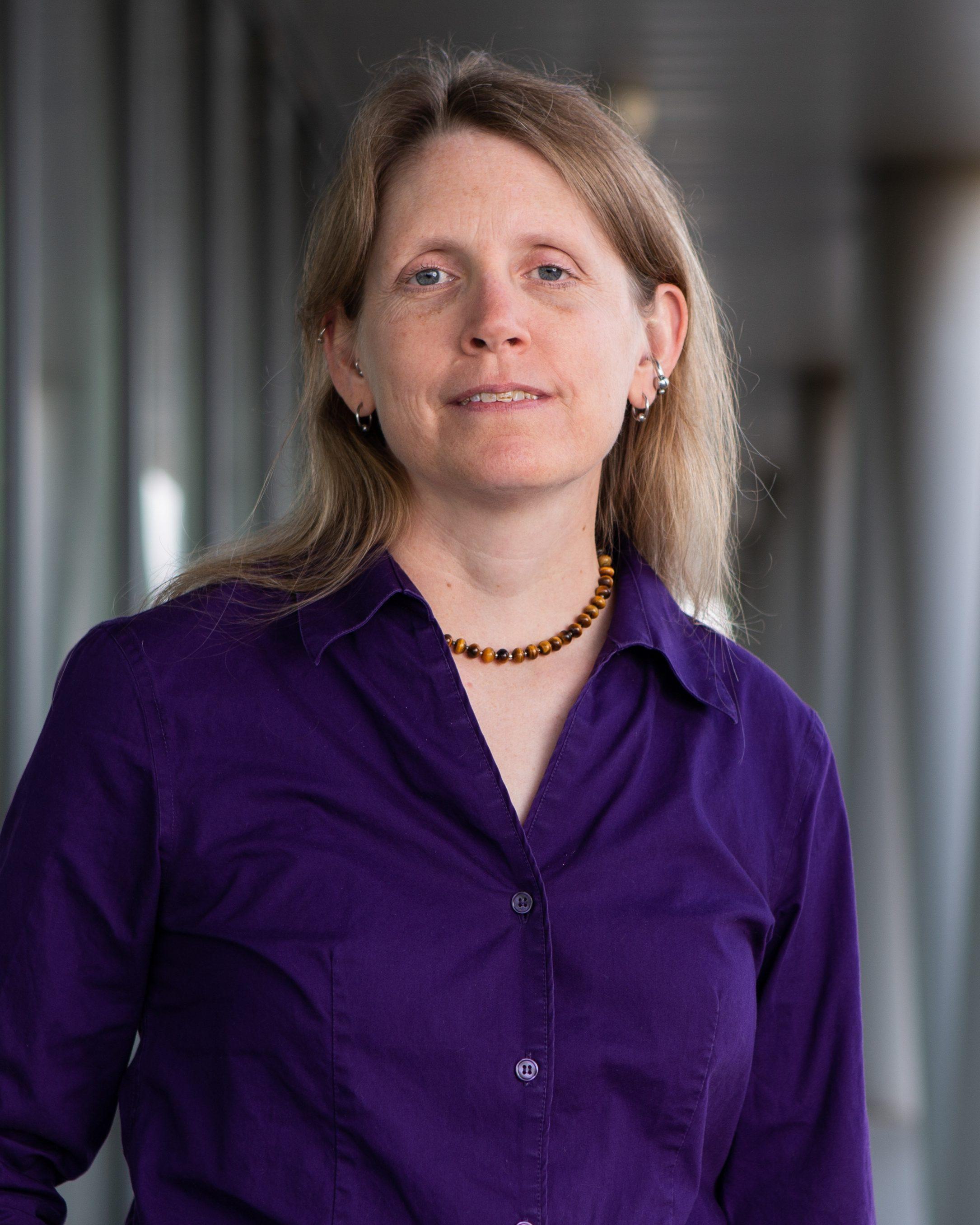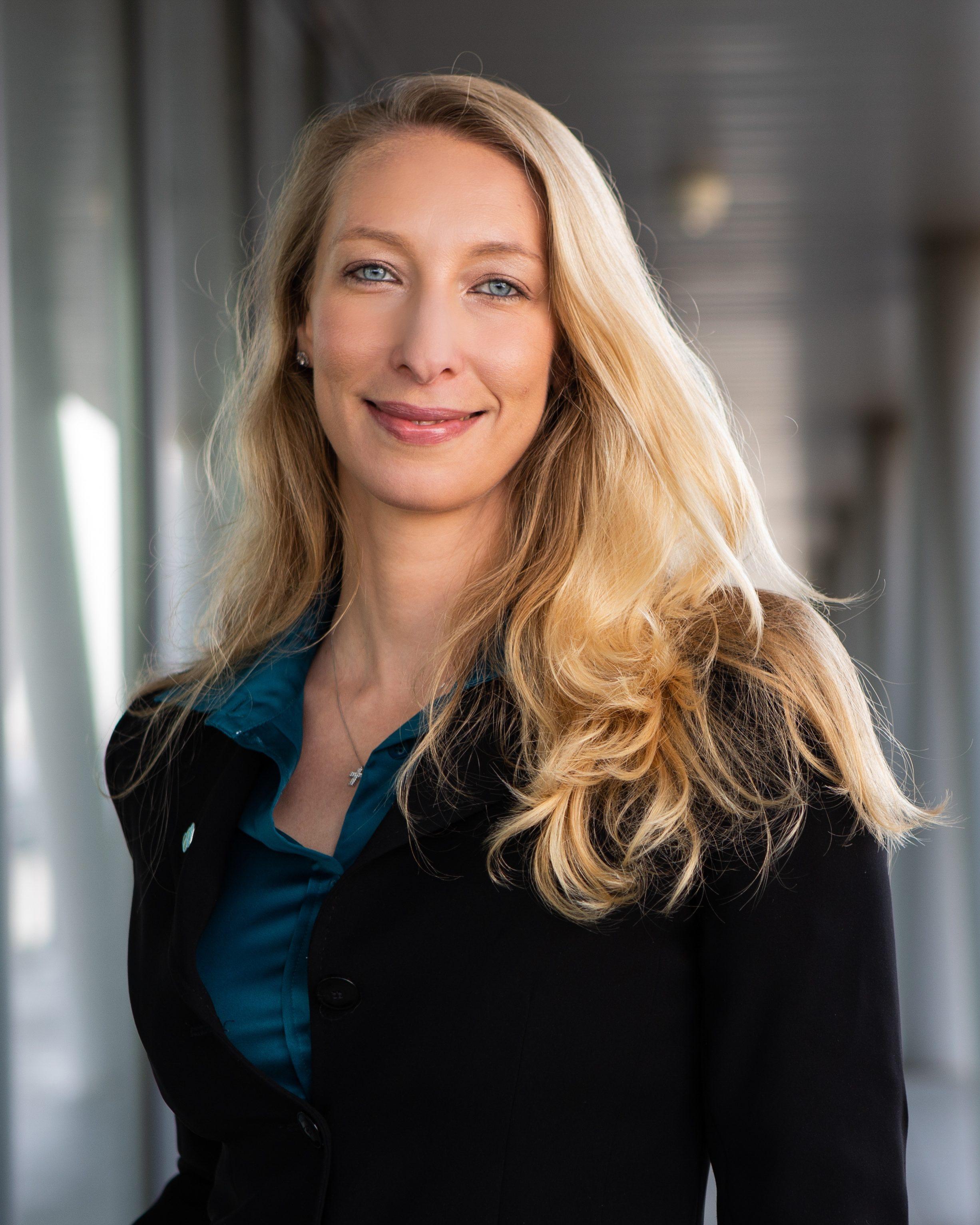Louisiana Coastal Protection and Restoration Authority
Development of a Hydrodynamic Model for Lake Pontchartrain and Lake Borgne to Inform Gulf Sturgeon Habitat Characterization
Gulf sturgeon (Acipenser oxyinchus desotioi) are a sub-species of Atlantic sturgeon (A. o. oxyrinchus) with a range in the northern Gulf of Mexico that includes Lake Pontchartrain and the Pearl River system to the west and extends east to the Suwannee River in Florida. The National Marine Fisheries Service (NMFS) has designed several areas of the region as critical habitat for Gulf sturgeon (Figure 1), a designation that is used to denote areas that require special protection under the Endangered Species Act. There are multiple restoration projects in various stages of planning and implementation within Louisiana coastal areas (marsh, estuarine, etc.,) that overlap with this region.
Although there is some understanding of what factors likely influence sturgeon distribution, including salinity, temperature, and substrate type, no models exist that quantify the relative influence of these factors, or which can be used to project that distribution in space and time.
To address this need, the Lake Borgne Gulf Sturgeon Monitoring and Habitat Characterization project was developed as a collaborative effort of the Water Institute of the Gulf (the Institute), USFWS, and Louisiana State University (LSU) to monitor Gulf sturgeon movement in Lake Borgne and Lake Pontchartrain; couple those observations with hindcast simulations from hydrodynamic modeling and substrate data; and characterize Gulf sturgeon habitat preference.
This report focuses on the Deltares Delft3D Flexible Mesh Modeling Suite (Delft3D FM) hydrodynamic model (“Hydrodynamic Model” herein) that was developed to project coastal and estuarine parameters that are important in providing suitable habitat for Gulf sturgeon. These model results will be combined with observational data in a future phase of the project to develop a model which correlates Gulf sturgeon occupancy with environmental conditions.




